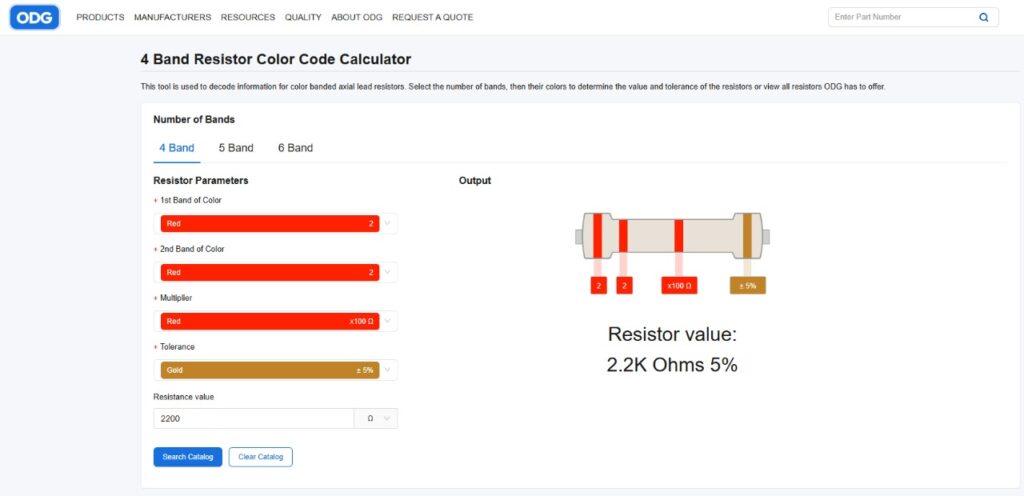
When working with electronics, one of the most essential components you’ll encounter is the resistor. But what is a resistor? A resistor is a passive component used to limit the current in a circuit or divide voltage. Its value, measured in ohms (Ω), determines how much resistance it provides. Understanding how to read and calculate resistor values is critical for both beginners and experienced electronics enthusiasts.
The Role of Resistors in Circuits
Resistors come in various types and sizes, and their function remains the same—to control the flow of electrical current. They are often found in all kinds of devices, from small gadgets to large industrial machines. A common configuration is resistors in series, where the total resistance is the sum of the individual resistors. This setup is useful for increasing resistance without needing a single high-value resistor.
The Resistor Color Code Explained
Since many resistors are too small to print numeric values on, manufacturers use the resistor color code system to indicate resistance values. This code consists of colored bands printed around the resistor‘s body. Each color corresponds to a number, which, when combined, gives the resistance value.
For example:
- Black = 0
- Brown = 1
- Red = 2
- Orange = 3
(…and so on)
This system may seem confusing at first, but it’s standardized globally, making it easy to learn with a resistor color code chart.
Using a Resistor Color Code Chart
A resistor color code chart is a helpful tool that decodes the colored bands on resistors. By using the chart, you can quickly identify the resistance value, tolerance, and sometimes the reliability or temperature coefficient of a resistor. Whether you’re a student or an engineer, a resistor chart is a must-have reference.
Tools: Resistor Color Code Calculator
If you’re not confident interpreting the bands manually, a resistor color code calculator is your best friend. This online or app-based tool allows users to input the color bands and instantly see the resistor value. It’s fast, accurate, and especially useful when working with multiple components. Some tools also work in reverse—enter the resistance value, and it shows the color code. This reverse tool is known as a resistor to color code converter.
Versatility in Learning: Resistor Calculators and Conversions
In modern electronics, both manual and digital tools are essential. A general resistor calculator can also help compute values when resistors in series or parallel are used. Whether you’re designing circuits or learning the basics, tools like the resistor color code calculator and resistor to color code converters simplify the learning process.
Conclusion
Understanding the resistor color codes is an essential skill for anyone working with electronics. By using a resistor color code chart, a resistor calculator, or a resistor color code calculator, you can easily determine resistance values and build accurate circuits. With tools like the resistor to color code converter and knowledge of resistors in series, you’ll be well-equipped to handle a wide range of electronic projects.